

Our deck material calculator will help you to build your next deck. Take the guesswork out of purchasing the materials to build a


The thought of a crackling fire on a chilly night is certainly appealing, it can also be a lot of work to consistently use your wo


Many home projects require specific tools and some expertise to use them. For example, if you’re taking on an interior const


Thinking about replacing your old floors with vinyl plank flooring? While vinyl plank flooring is an affordable and stylish choice for homeowners looking to update their space, installing it correctly can be a complex process that requires precision.
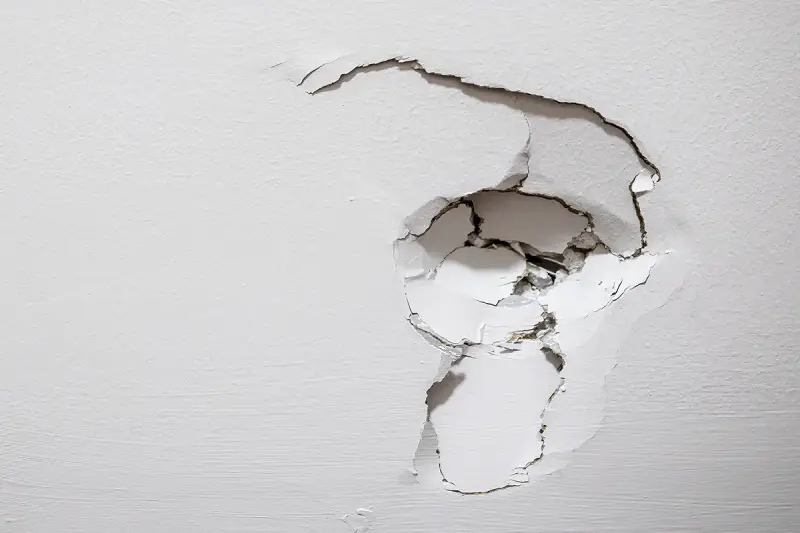

Drywall repair costs can run anywhere from $10 to over $1,500. Learn how to estimate your repair costs based on repair type. Call Mr. Handyman to learn more!
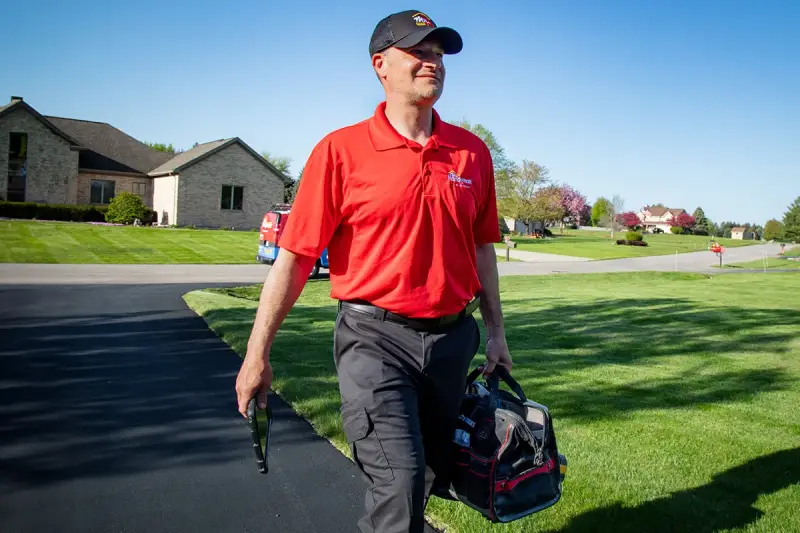

Doors are an important part of your home because they are both functional and decorative. A door can make your home welcoming, pro
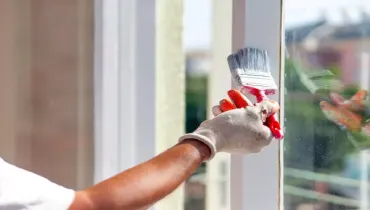

Ready to give your home a fresh look? Painting your window trim is a fairly simple project that can make a big impact.
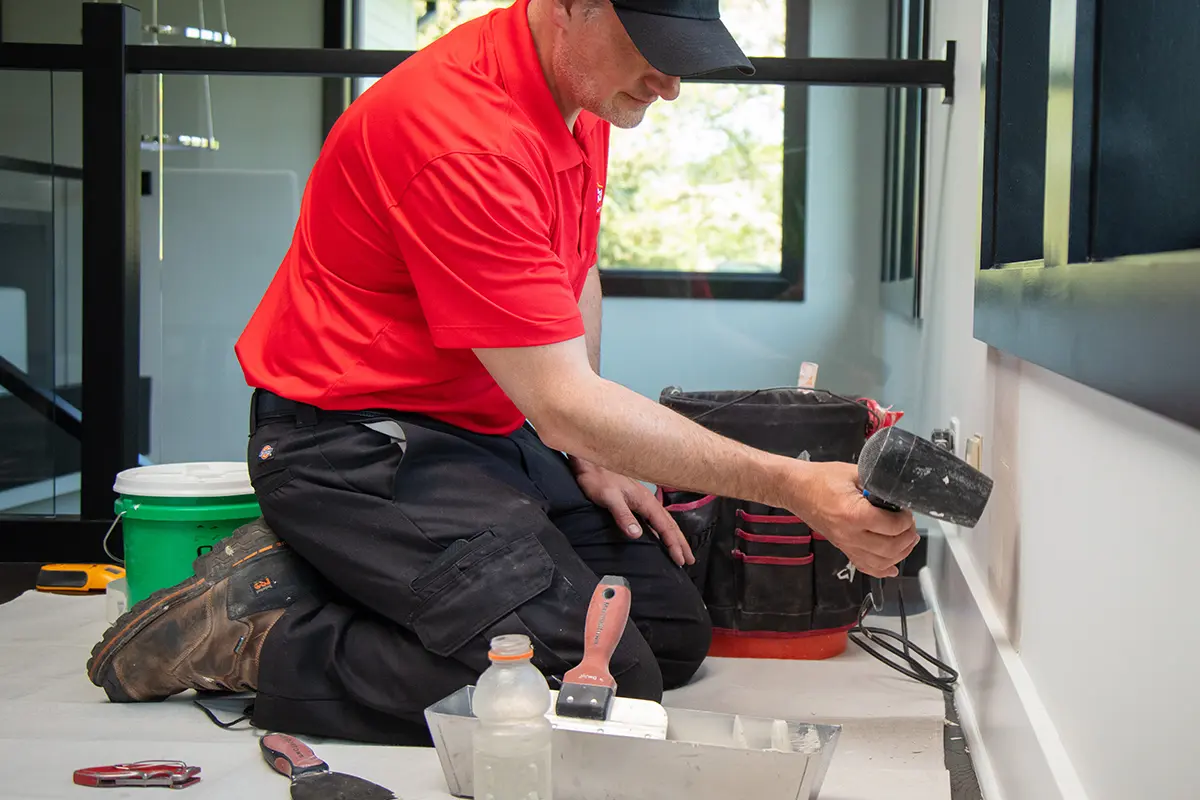

The median cost to paint the interior of a house is around $5,000, depending on the size of your home and the type of paint. Click to learn more.
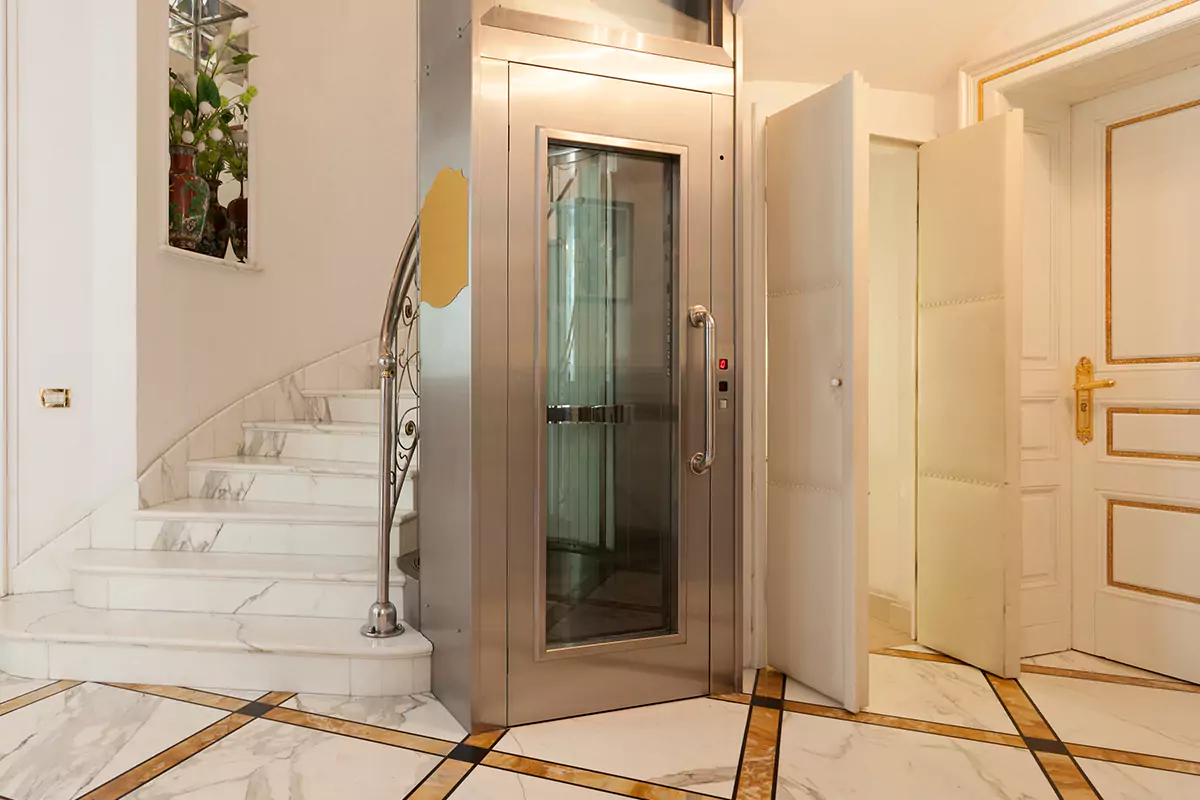

Home elevators can make homes more accessible and add luxury elements to a space. Learn what factors can influence home elevator costs.
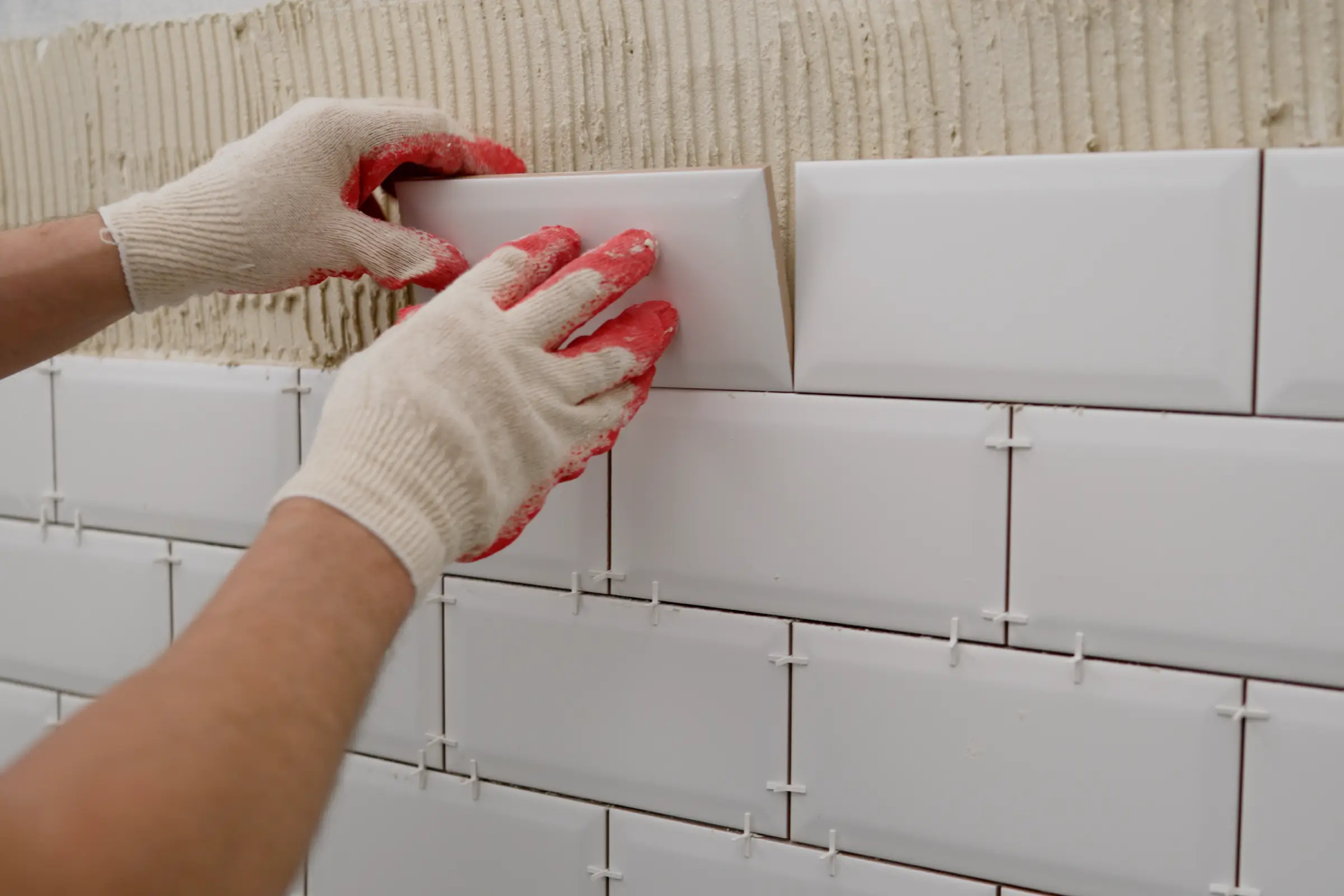

Grout repair is necessary when the filling between your tiles weakens. We’ll share several grout repair tips and resources for professional help.